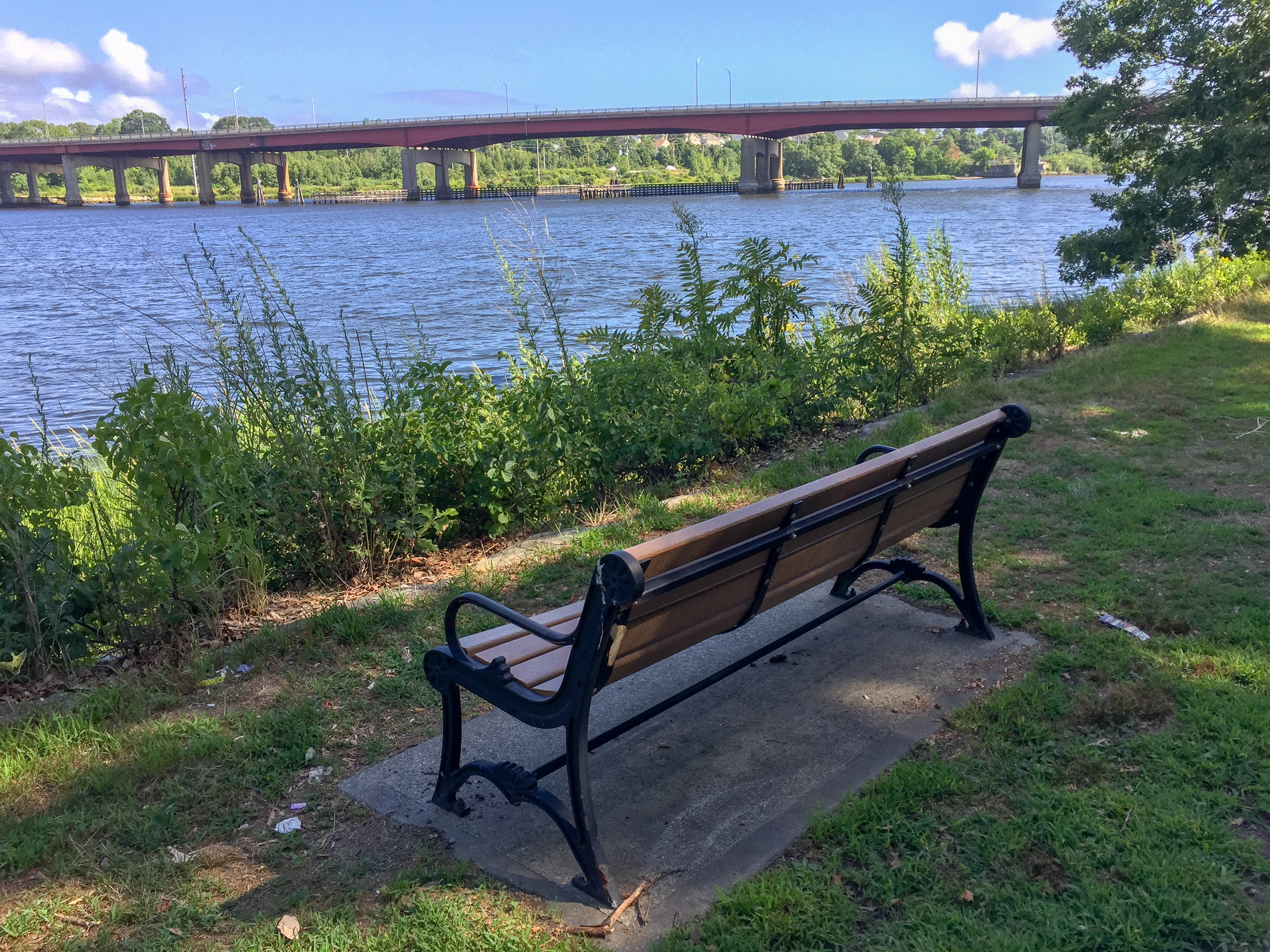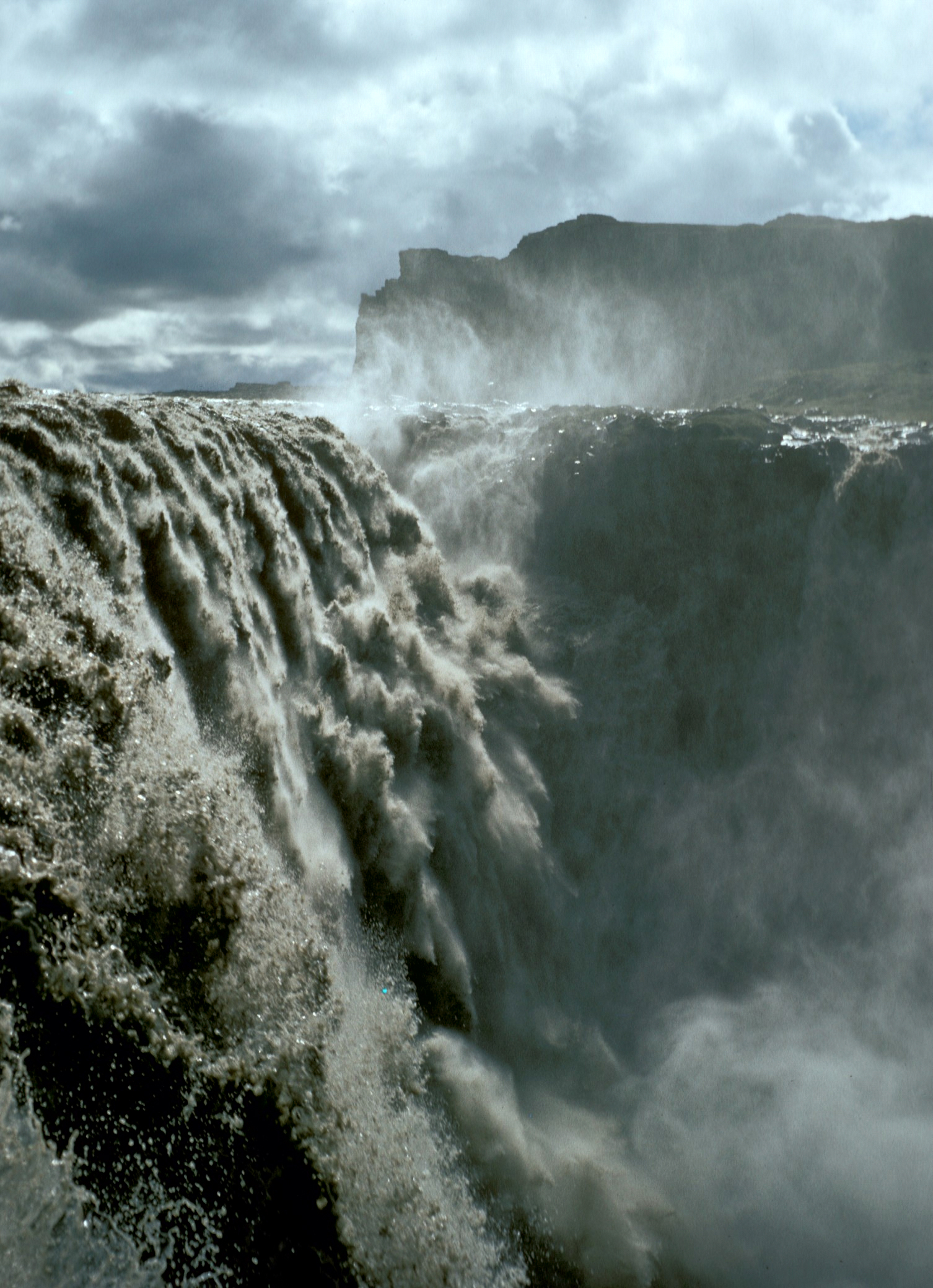|
Pawtucket Falls (Rhode Island)
Pawtucket Falls is a waterfall on the Blackstone River in Pawtucket, Rhode Island. The falls are located a half mile upstream from where the Blackstone flows into the Seekonk River. The falls provided power for Samuel Slater’s cotton spinning mill, which was built in 1793 and is said to have been responsible for starting the Industrial Revolution in America. Etymology ''Pawtucket'' is an Algonkian word meaning "at the falls in the river (tidal stream)". See also * List of place names of Native American origin in New England The region of New England in the United States has numerous place names derived from the indigenous peoples of the area. New England is in the Northeastern United States, and comprises six states: Connecticut, Maine, Massachusetts, New Hampshire, ... References External links {{coord, 41, 52, 37.69, N, 71, 22, 56.18, W, type:landmark, display=title Providence Journal video of the Blackstone Riverfroslatermill.org Waterfalls of Rhode Island Paw ... [...More Info...] [...Related Items...] OR: [Wikipedia] [Google] [Baidu] |
Pawtucket Falls, Pawtucket RI
Pawtucket may refer to: * Pawtucket, Rhode Island * Pawtucket Falls (Massachusetts), Lowell, Massachusetts * Pawtucket tribe * 2 ships named USS Pawtucket * Pawtucket Brewery, fictional brewery on the television series ''Family Guy'' {{disambig ... [...More Info...] [...Related Items...] OR: [Wikipedia] [Google] [Baidu] |
Waterfall
A waterfall is a point in a river or stream where water flows over a vertical drop or a series of steep drops. Waterfalls also occur where meltwater drops over the edge of a tabular iceberg or ice shelf. Waterfalls can be formed in several ways, but the most common method of formation is that a river courses over a top layer of resistant bedrock before falling on to softer rock, which Erosion, erodes faster, leading to an increasingly high fall. Waterfalls have been studied for their impact on species living in and around them. Humans have had a distinct relationship with waterfalls for years, travelling to see them, exploring and naming them. They can present formidable barriers to navigation along rivers. Waterfalls are religious sites in many cultures. Since the 18th century they have received increased attention as tourist destinations, sources of hydropower, andparticularly since the mid-20th centuryas subjects of research. Definition and terminology A waterfall is gen ... [...More Info...] [...Related Items...] OR: [Wikipedia] [Google] [Baidu] |
Blackstone River
The Blackstone River is a river in the U.S. states of Massachusetts and Rhode Island. It flows approximately 48 mi (80 km) and drains a watershed of approximately 540 sq. mi (1,400 km2). Its long history of industrial use has left a legacy of pollution, and it was characterized by the United States Environmental Protection Agency in 1990 as "the most polluted river in the country with respect to toxic sediments." History The river is named after William Blackstone (original spelling William Blaxton) who arrived in Weymouth, Massachusetts in 1623, and became the first European settler of present-day Boston in 1625. He relocated again, to Rhode Island in 1635 and built his home on the river, in what would become Cumberland. With the Providence River, the Blackstone was the northeastern border of Dutch claims for New Netherland from Adriaen Block's charting of Narragansett Bay in 1614 through the Hartford Treaty of 1650. The original Native American name for the ... [...More Info...] [...Related Items...] OR: [Wikipedia] [Google] [Baidu] |
Pawtucket, Rhode Island
Pawtucket is a city in Providence County, Rhode Island, United States. The population was 75,604 at the 2020 census, making the city the fourth-largest in the state. Pawtucket borders Providence and East Providence to the south, Central Falls and Lincoln to the north, and North Providence to the west; to its east-northeast, the city borders the Massachusetts municipalities of Seekonk and Attleboro. Pawtucket was an early and important center of textile manufacturing; the city is home to Slater Mill, a historic textile mill recognized for helping to found the Industrial Revolution in the United States. Name The name "Pawtucket" comes from the Algonquian word for "river fall." History The Pawtucket region was said to have been one of the most populous places in New England prior to the arrival of European settlers. Native Americans would gather here to catch the salmon and smaller fish that gathered at the falls. The first European settler here was Joseph Jenks, who came t ... [...More Info...] [...Related Items...] OR: [Wikipedia] [Google] [Baidu] |
Seekonk River
The Seekonk River is a tidal extension of the Providence River in the U.S. state of Rhode Island. It flows approximately 8 km (5 mi). The name may be derived from an Algonquian word for skunk, or for black goose. The river is home to the Brown University men's rowing team, India Point Park, Blackstone Park, Crook Point Bascule Bridge, Narragansett Boat Club (the oldest rowing club in the country), Swan Point Cemetery, and the Bucklin Point waste-water treatment facility. The River is listed by RIDEM as an impaired waterway. Course The river begins where the Blackstone River reaches sea level below Pawtucket Falls. From there it flows due south between Providence and East Providence, picks up flow from the Ten Mile River, and eventually flows into the Providence River between Bold Point and India Point. The Seekonk River is the northernmost point of Narragansett Bay tidewater. Slate Rock A prominent boulder on the west shore of the Seekonk River (near the curre ... [...More Info...] [...Related Items...] OR: [Wikipedia] [Google] [Baidu] |
Samuel Slater
Samuel Slater (June 9, 1768 – April 21, 1835) was an early English-American industrialist known as the "Father of the American Industrial Revolution" (a phrase coined by Andrew Jackson) and the "Father of the American Factory System". In the UK, he was called "Slater the Traitor" and "Sam the Slate" because he brought British textile technology to the United States, modifying it for American use. He stole the textile factory machinery designs as an apprentice to a pioneer in the British industry before migrating to the United States at the age of 21. He designed the first textile mills in the U.S. and later went into business for himself, developing a family business with his sons. He eventually owned thirteen spinning mills and had developed tenant farms and company towns around his textile mills, such as Slatersville, Rhode Island. Early life Samuel Slater was born in Belper, Derbyshire, England, to William and Elizabeth Slater, on June 9, 1768, the fifth son in a farming ... [...More Info...] [...Related Items...] OR: [Wikipedia] [Google] [Baidu] |
Industrial Revolution
The Industrial Revolution was the transition to new manufacturing processes in Great Britain, continental Europe, and the United States, that occurred during the period from around 1760 to about 1820–1840. This transition included going from hand production methods to machines, new chemical manufacturing and iron production processes, the increasing use of steam power and water power, the development of machine tools and the rise of the mechanized factory system. Output greatly increased, and a result was an unprecedented rise in population and in the rate of population growth. Textiles were the dominant industry of the Industrial Revolution in terms of employment, value of output and capital invested. The textile industry was also the first to use modern production methods. The Industrial Revolution began in Great Britain, and many of the technological and architectural innovations were of British origin. By the mid-18th century, Britain was the world's leadi ... [...More Info...] [...Related Items...] OR: [Wikipedia] [Google] [Baidu] |
Algonquian Languages
The Algonquian languages ( or ; also Algonkian) are a subfamily of Indigenous languages of the Americas, indigenous American languages that include most languages in the Algic languages, Algic language family. The name of the Algonquian language family is distinguished from the orthographically similar Algonquin language, Algonquin dialect of the Indigenous Ojibwe language (Chippewa), which is a senior member of the Algonquian language family. The term ''Algonquin'' has been suggested to derive from the Maliseet word (), "they are our relatives/allies". A number of Algonquian languages are considered extinct languages by the modern linguistic definition. Algonquian peoples, Speakers of Algonquian languages stretch from the east coast of North America to the Rocky Mountains. The proto-language from which all of the languages of the family descend, Proto-Algonquian language, Proto-Algonquian, was spoken around 2,500 to 3,000 years ago. There is no scholarly consensus about wh ... [...More Info...] [...Related Items...] OR: [Wikipedia] [Google] [Baidu] |
List Of Place Names Of Native American Origin In New England
The region of New England in the United States has numerous place names derived from the indigenous peoples of the area. New England is in the Northeastern United States, and comprises six states: Connecticut, Maine, Massachusetts, New Hampshire, Rhode Island, and Vermont. Listed are well-known names of towns, significant bodies of water, and mountains. This list can virtually never be sufficiently completed as there are hundreds of thousands of place names in New England. Formation and transmission of names All the names in this section come to us only through persons whose first language was English and only rarely knew any other. From the few sources who were bilingual, we are fortunate to have some concept of how some of the names were segmented in the languages from which they came. Those names often tend to predominate in lists such as these, just because they are more easily understood. Most names were received by English settlers who had little idea what they meant. Being ... [...More Info...] [...Related Items...] OR: [Wikipedia] [Google] [Baidu] |
Waterfalls Of Rhode Island
A waterfall is a point in a river or stream where water flows over a vertical drop or a series of steep drops. Waterfalls also occur where meltwater drops over the edge of a tabular iceberg or ice shelf. Waterfalls can be formed in several ways, but the most common method of formation is that a river courses over a top layer of resistant bedrock before falling on to softer rock, which erodes faster, leading to an increasingly high fall. Waterfalls have been studied for their impact on species living in and around them. Humans have had a distinct relationship with waterfalls for years, travelling to see them, exploring and naming them. They can present formidable barriers to navigation along rivers. Waterfalls are religious sites in many cultures. Since the 18th century they have received increased attention as tourist destinations, sources of hydropower, andparticularly since the mid-20th centuryas subjects of research. Definition and terminology A waterfall is generally d ... [...More Info...] [...Related Items...] OR: [Wikipedia] [Google] [Baidu] |





